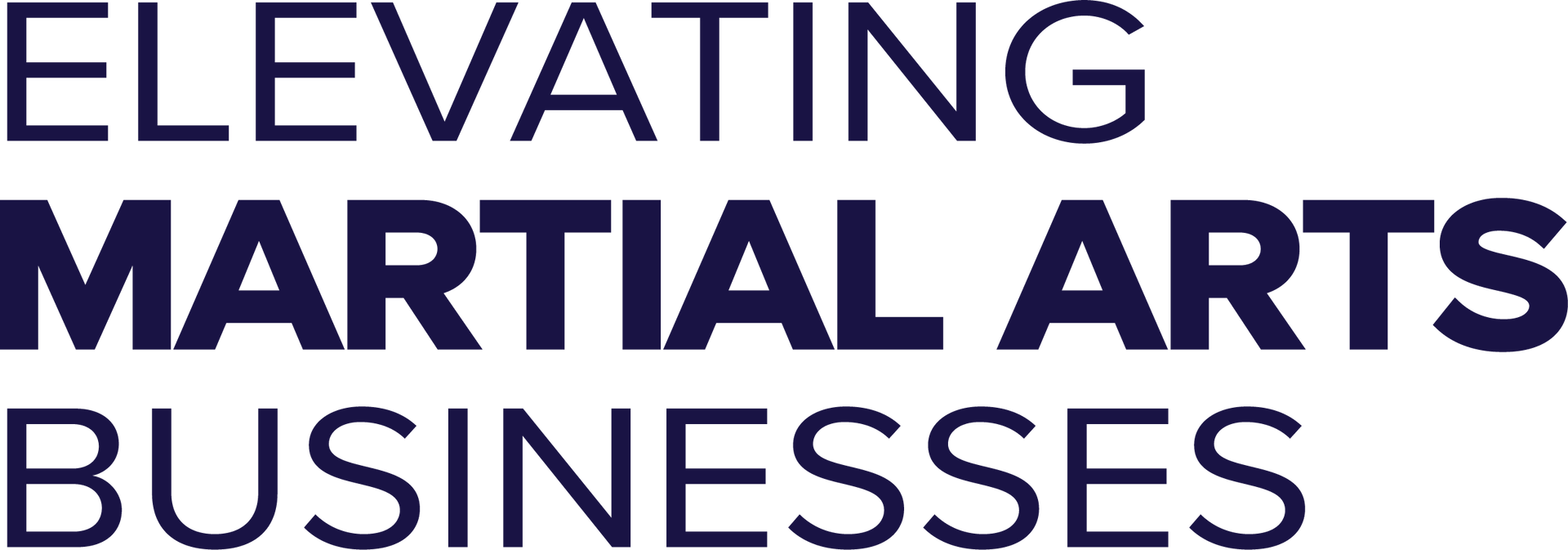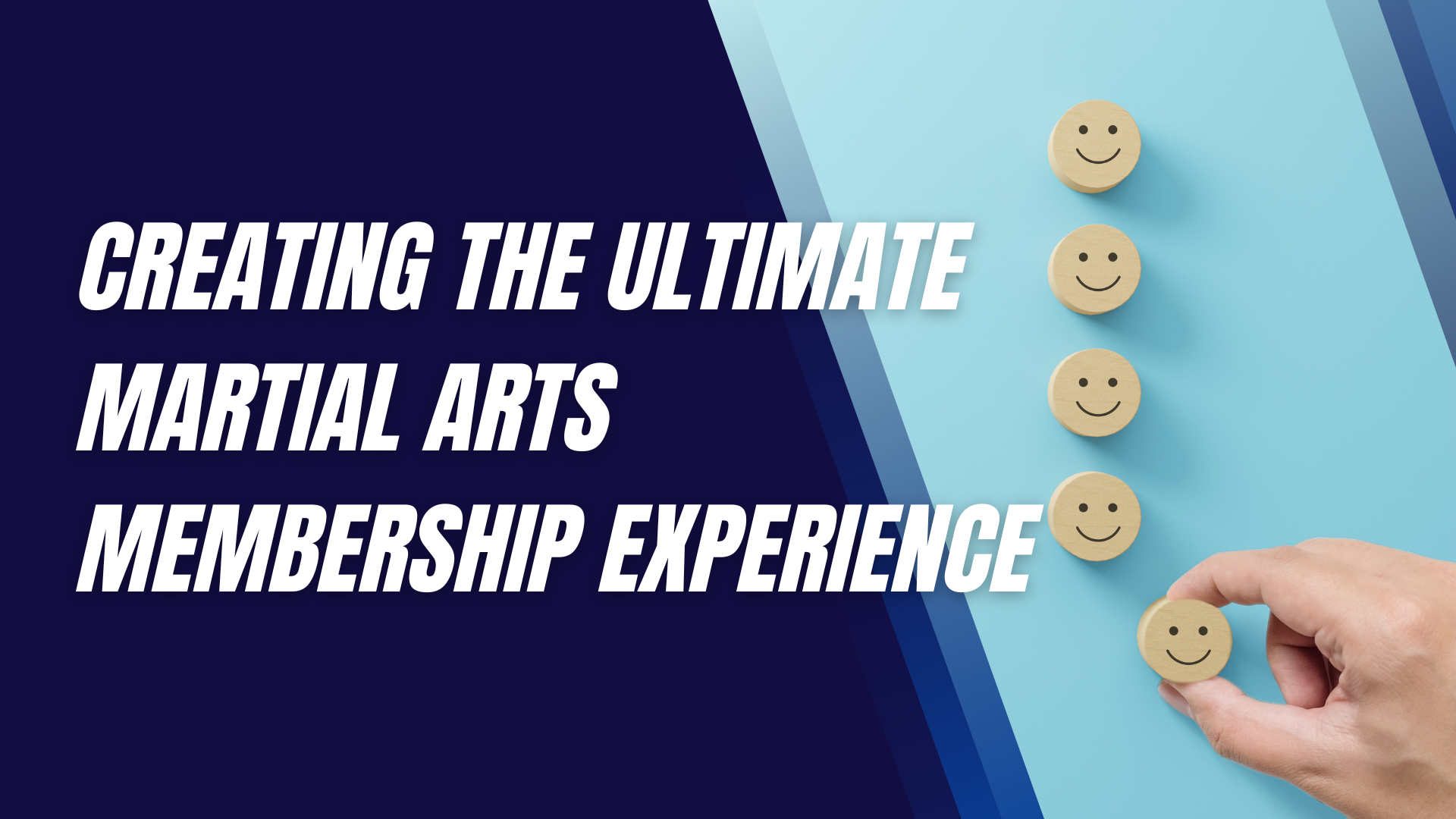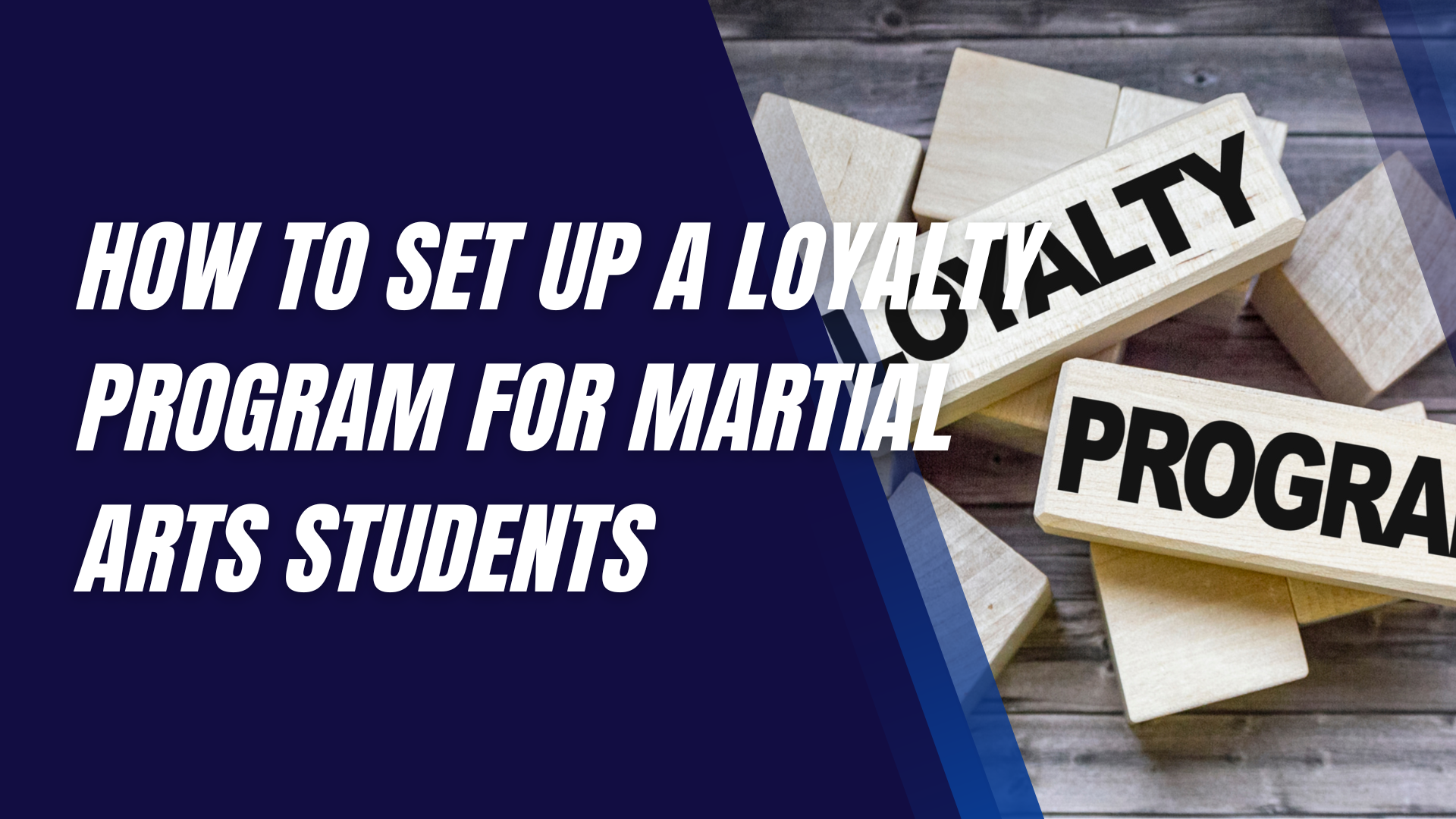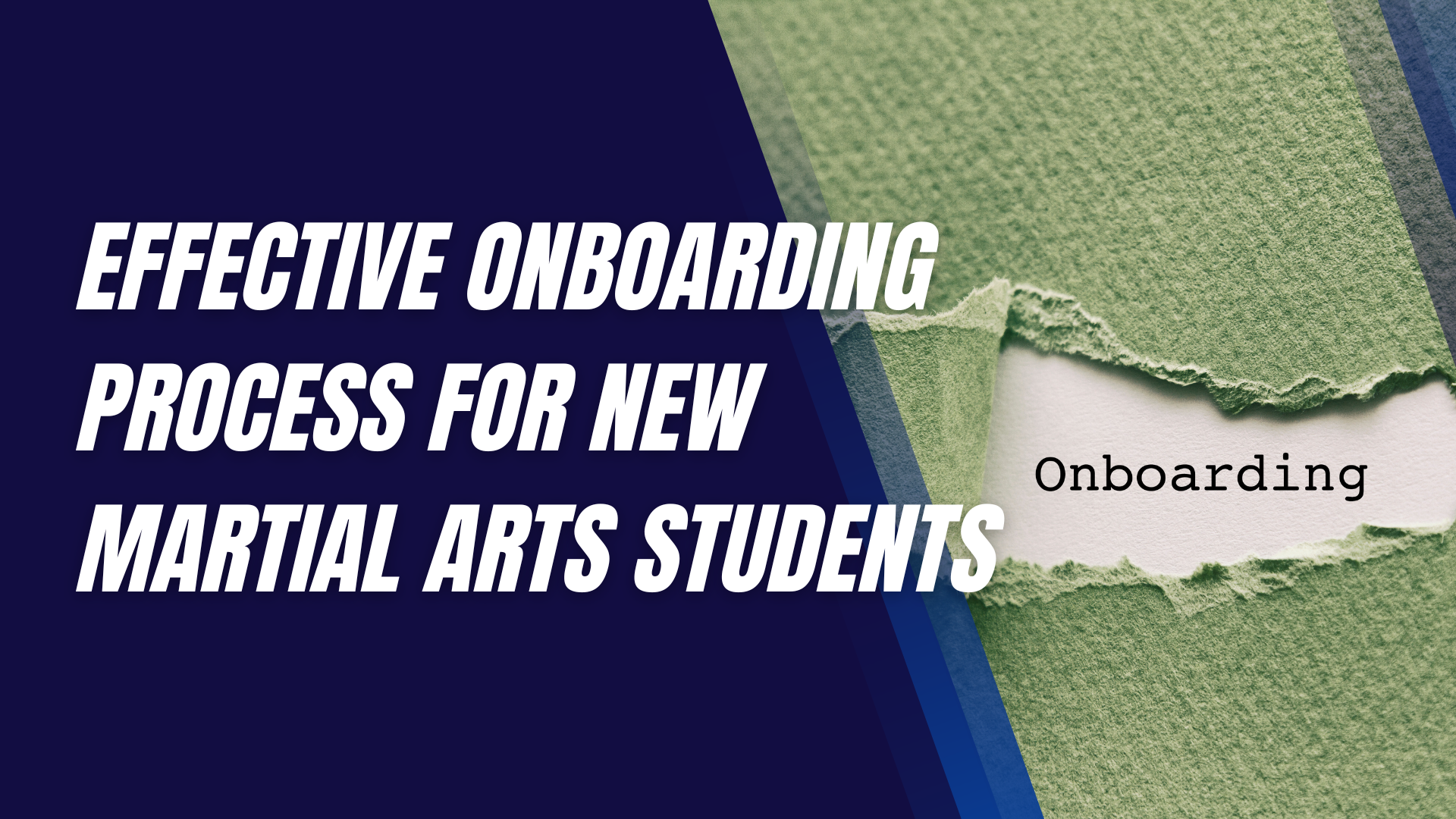How to Avoid Common Nutritional Mistakes in Martial Arts
When it comes to martial arts, we often focus on mastering techniques, building strength, and improving stamina.
But one crucial aspect that's often overlooked is nutrition. The food you eat can make or break your performance, recovery, and overall progress. Understanding how to fuel your body effectively is essential to reaching your full potential in martial arts. Yet, many martial artists, both beginners and veterans, fall into common nutritional traps that can hinder their progress. In this article, we'll explore how to avoid these mistakes and ensure your diet supports your martial arts journey.
Understanding Your Nutritional Needs
Before diving into specific mistakes, it’s essential to understand what your body needs. Martial arts are physically demanding, requiring a balanced intake of macronutrients—proteins, carbohydrates, and fats—each playing a vital role in your performance.
The Role of Macronutrients
Protein is often celebrated in the martial arts community for its role in muscle repair and growth. However, carbohydrates are equally crucial as they provide the energy needed for high-intensity training. Fats, while often misunderstood, are necessary for hormone production and joint health. Balancing these macronutrients based on your training load and goals is the first step toward optimizing your nutrition.
Importance of Micronutrients
Vitamins and minerals might not get as much attention as macronutrients, but they are just as important. They help in everything from bone health to energy production. For instance, calcium and vitamin D are critical for bone strength, while iron helps transport oxygen to your muscles. Neglecting these can lead to deficiencies that negatively impact your training.
Hydration: The Forgotten Essential
Hydration is often overlooked, yet it’s one of the simplest and most effective ways to enhance your performance. Dehydration can lead to fatigue, muscle cramps, and a decline in coordination, which is the last thing you want during a sparring session. Always keep a water bottle handy and sip throughout the day to stay hydrated.
Mistake #1: Inadequate Caloric Intake
One of the most common mistakes martial artists make is not eating enough. Under-eating can lead to fatigue, loss of muscle mass, and a weakened immune system. When you're training hard, your body needs enough calories to sustain energy levels and repair muscles. Not consuming enough can leave you feeling drained, making it hard to perform at your best.
Balancing Caloric Intake with Training Intensity
Your caloric intake should match your training intensity. If you're preparing for a competition, your body will require more fuel. Conversely, on lighter training days, you might need fewer calories. It’s all about finding that balance where you’re consuming enough to support your training without overeating.
Mistake #2: Overeating and Weight Gain
On the flip side, overeating can lead to unwanted weight gain, which can be detrimental, especially in weight-class-based martial arts like judo or wrestling. While the idea of "bulking" might work in bodybuilding, in martial arts, carrying extra weight can slow you down and decrease your agility.
Managing Weight Without Sacrificing Strength
Focus on eating nutrient-dense foods that provide the necessary energy without excessive calories. Lean proteins, whole grains, and plenty of vegetables should be the cornerstone of your diet. Remember, it’s not just about the number on the scale but how you feel and perform.
Mistake #3: Skipping Meals
Skipping meals, particularly breakfast, is a common mistake that can negatively impact your energy levels and performance. Your body needs a steady supply of nutrients throughout the day to maintain energy and recover from workouts. Missing meals can lead to energy crashes, making it difficult to train effectively.
Impact of Meal Skipping on Energy Levels
When you skip meals, your blood sugar levels drop, leading to fatigue and poor concentration. This is particularly dangerous in martial arts, where focus and quick reactions are critical. Ensure you're eating regularly to keep your energy levels stable.
Mistake #4: Neglecting Pre-Training Nutrition
What you eat before training can significantly affect your performance. Many martial artists either eat too much, too little, or the wrong types of food before training, which can lead to sluggishness or stomach discomfort.
What to Eat Before Training
A meal or snack rich in carbohydrates and moderate in protein about 1-2 hours before training is ideal. For example, a banana with a handful of nuts or a slice of whole-grain toast with peanut butter provides a good balance of energy and nutrients.
Timing Your Pre-Training Meals for Optimal Performance
Timing is crucial. Eating too close to your session can cause discomfort, while eating too early might leave you hungry halfway through. Experiment to find the best timing that works for you, but generally, a small meal 60-90 minutes before training is effective.
Mistake #5: Poor Post-Training Nutrition
Post-training nutrition is just as important as pre-training. After a hard session, your muscles are depleted of glycogen and need protein to repair and grow. Ignoring this can slow down your recovery and affect your next training session.
The Role of Recovery Nutrition
A combination of protein and carbohydrates is ideal post-workout. This could be a protein shake with a piece of fruit or a chicken and quinoa salad. The goal is to replenish glycogen stores and kickstart muscle repair.
Best Post-Workout Foods and Supplements
Whole foods should be your first choice for post-workout nutrition. However, if you're on the go, a high-quality protein shake can be a convenient option. Look for supplements that are low in sugar and high in protein.
Mistake #6: Relying Too Much on Supplements
Supplements can be helpful, but they shouldn’t replace a well-balanced diet. Some martial artists fall into the trap of over-relying on protein powders, pre-workouts, and other supplements, thinking they can make up for a poor diet.
Supplements vs. Whole Foods
Whole foods provide a wide range of nutrients that supplements can’t fully replicate. For example, an apple provides not just fiber, but also a host of vitamins and antioxidants. Supplements should only be used to fill gaps in your diet, not replace whole meals.
When and How to Use Supplements Effectively
If you choose to use supplements, do so wisely. Use them to complement your diet, not as a crutch. For instance, if you struggle to meet your protein needs through food alone, a protein shake can be beneficial. However, always prioritize real food whenever possible.
Mistake #7: Ignoring Individual Nutritional Needs
No two bodies are the same, and what works for one martial artist might not work for another. It’s important to recognize your unique nutritional needs based on your body type, metabolism, and training goals.
Tailoring Your Diet to Your Body Type and Goals
Some athletes may thrive on a high-carb diet, while others perform better with more fats. Pay attention to how your body responds to different foods and adjust your diet accordingly. If you're not sure where to start, consulting with a nutritionist can provide personalized guidance.
Recognizing and Addressing Food Sensitivities and Allergies
Food sensitivities or allergies can also impact your performance. Common culprits include gluten, dairy, and soy. If you suspect certain foods are affecting you, consider an elimination diet to identify the trigger. Once identified, you can find alternatives that work for you.
Mistake #8: Inconsistent Hydration Practices
Proper hydration is crucial for peak performance in martial arts. Yet, many martial artists only think about hydration during training, ignoring it the rest of the time. This inconsistency can lead to chronic dehydration, affecting your energy levels and recovery.
The Dangers of Dehydration in Martial Arts
Dehydration can lead to muscle cramps, dizziness, and a lack of focus—all of which can hinder your performance. In a sport that requires precision and agility, even slight dehydration can be detrimental.
How to Stay Hydrated Before, During, and After Training
Make hydration a daily habit. Start your day with a glass of water, drink consistently throughout the day, and ensure you're hydrating before, during, and after training. Incorporate electrolyte-rich drinks if you're sweating heavily during sessions.
Mistake #9: Misunderstanding the Role of Carbohydrates
Carbohydrates often get a bad rap, especially with the popularity of low-carb diets. However, for martial artists, carbs are a primary source of energy. Misunderstanding their role can lead to low energy levels and poor performance.
Carbs as Fuel: Understanding Their Importance
Carbohydrates are the body’s preferred energy source during high-intensity activities like martial arts. Complex carbs, such as whole grains, provide sustained energy, while simple carbs can offer a quick boost when needed.
Low-Carb Diets: Are They Suitable for Martial Artists?
Low-carb diets can be effective for weight loss but may not provide enough energy for rigorous martial arts training. If you’re following a low-carb diet, make sure you’re getting enough fuel to support your activity level, or consider a more balanced approach.
Mistake #10: Overemphasizing Protein Intake
While protein is essential for muscle repair, too much of it can lead to an imbalance in your diet, crowding out other important nutrients. The obsession with protein, often fueled by marketing, can lead to overconsumption, which may stress your kidneys and lead to weight gain.
Protein Myths in Martial Arts
One common myth is that more protein equals more muscle. However, once your protein needs are met, any excess is either burned for energy or stored as fat. Focus on quality over quantity, incorporating lean sources like chicken, fish, and plant-based options into your diet.
Finding the Right Protein Balance
Most martial artists need about 1.2 to 2.0 grams of protein per kilogram of body weight. Spread your intake throughout the day to maximize muscle synthesis. Don’t forget to pair it with enough carbs and fats to create a balanced diet.
Developing a Balanced Nutritional Plan
To avoid these common mistakes, develop a balanced nutritional plan that supports your training and recovery needs. This involves not only choosing the right foods but also paying attention to portion sizes, meal timing, and overall diet sustainability.
Creating a Sustainable Diet for Long-Term Success
The key to long-term success is consistency. Crash diets or extreme eating plans are hard to maintain and can lead to burnout. Instead, focus on creating a balanced, enjoyable diet that you can stick with, making adjustments as your training demands change.
Tips for Meal Planning and Preparation
Meal planning can help you stay on track and avoid last-minute, unhealthy choices. Prepare meals in advance, keep healthy snacks on hand, and avoid the temptation of processed foods. A little preparation goes a long way in maintaining a healthy diet.
Practical Tips for Avoiding Nutritional Mistakes
Lastly, here are some practical tips to help you stay on course:
- Listen to Your Body: Your body is your best guide. Pay attention to how you feel after eating different foods and make adjustments as needed.
- Keep a Food Journal: Tracking what you eat can help you identify patterns and make necessary changes.
- Consult with a Nutritionist: If you’re unsure about your diet, seeking professional advice can provide personalized insights and guidance.
Final Thoughts
Nutrition plays a vital role in martial arts performance, yet it's an area where many athletes make mistakes. By understanding your nutritional needs, avoiding common pitfalls, and developing a balanced diet, you can fuel your body for success in martial arts. Remember, the goal is to support your training, enhance your recovery, and maintain overall health. With the right approach to nutrition, you'll be better equipped to achieve your martial arts goals.
Interested in trying a martial arts class? Find an affiliated academy anywhere in the country by clicking here.
Have your own martial arts program? Get to know more about what we have to offer at Ground Standard Agency for helping martial arts businesses grow.
Email us at info@groundstandard.com, or call and text us at (732) 907-8920 today to learn how to start growing your own academy, school, dojo, or gym with us as well.
Share this article












